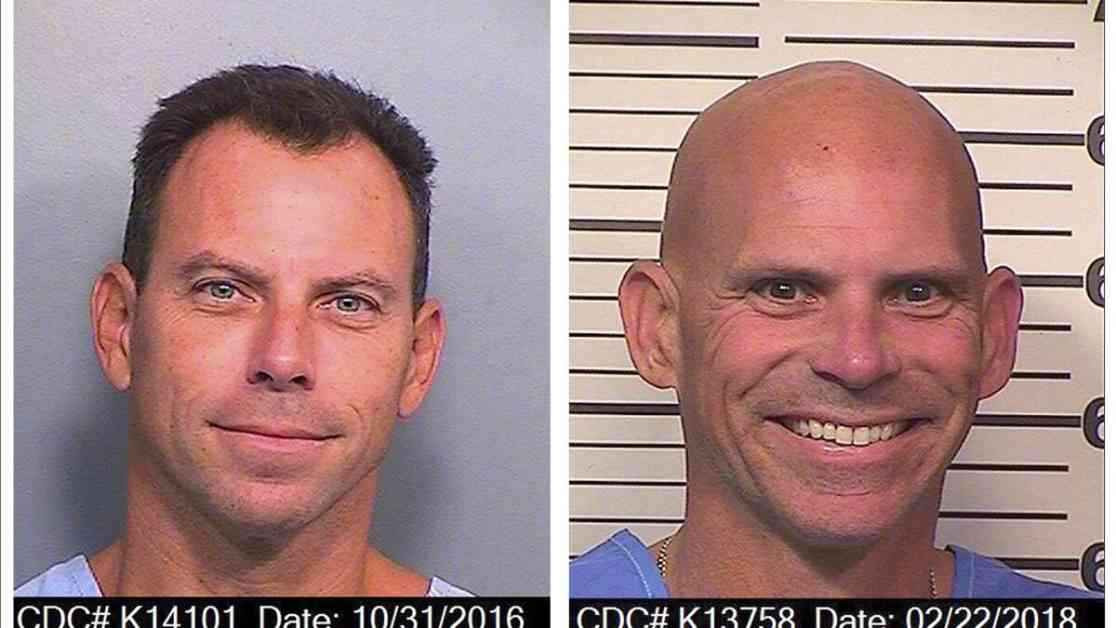California Governor Gavin Newsom has recently taken a significant step in assessing the public safety risk posed by Erik and Lyle Menendez, who are currently serving life sentences for the murder of their parents in 1989. The brothers have been seeking clemency, claiming that new evidence of sexual abuse by their father, Jose Menendez, supports their case for reconsideration. Defense attorney Mark Geragos revealed that Governor Newsom has directed the parole board to conduct a risk assessment to determine if the brothers would pose a threat to public safety if released.
The governor’s primary concern in evaluating commutation applications is public safety, including factors such as the applicant’s current risk level, impact on victims, self-development since the offense, utilization of rehabilitative programs, treatment needs, and mitigation of risk factors for reoffending. Geragos expressed hope that the Menendez brothers could potentially be released in 2025, pending the outcome of the risk assessment investigation.
Legal Battles and Pursuit of Freedom
In addition to seeking clemency, the Menendez brothers are exploring other avenues for potential freedom, including a habeas corpus petition based on new evidence and the possibility of resentencing. A habeas corpus petition filed in 2023 presented compelling new evidence, such as a letter from Erik Menendez detailing years of abuse and allegations of rape by Jose Menendez. These revelations challenge the prosecution’s narrative presented during the original trial, raising questions about the fairness of their conviction.
Los Angeles County District Attorney Nathan Hochman has voiced his opposition to granting the brothers a new trial, emphasizing that the murder itself was the central issue in their conviction, not the allegations of sexual abuse. However, Hochman has not ruled out the possibility of resentencing, indicating a willingness to reconsider the brothers’ case in the near future. While acknowledging the abhorrent nature of sexual abuse, Hochman maintained that it does not justify the violent actions taken by the Menendez brothers, refuting any claims of self-defense.
Behind Bars: Rehabilitation and Redemption
As the legal battles unfold, the Menendez brothers’ three decades in prison have come under scrutiny as part of their appeal for freedom. Hochman emphasized the importance of reviewing their prison records, rehabilitation efforts, and overall conduct behind bars before making any decisions regarding resentencing. While the brothers’ past actions cannot be undone, their commitment to rehabilitation programs and initiatives aimed at promoting positive change within the prison system have not gone unnoticed.
Reports from fellow inmates, attorneys, and rehabilitation workers paint a picture of two individuals who have actively engaged in various programs to address their past behaviors and contribute positively to the prison community. By launching their own projects aimed at promoting rehabilitation among inmates in California prisons, the Menendez brothers have demonstrated a genuine commitment to personal growth and societal reintegration.
In conclusion, the ongoing developments surrounding the Menendez brothers’ quest for clemency highlight the complex interplay between justice, rehabilitation, and public safety. As the parole board conducts its risk assessment and legal proceedings unfold, the fate of Erik and Lyle Menendez remains uncertain. While the pursuit of freedom is a challenging and contentious journey, it also offers a glimpse into the transformative power of redemption and the enduring quest for justice in a system fraught with complexities and contradictions.


